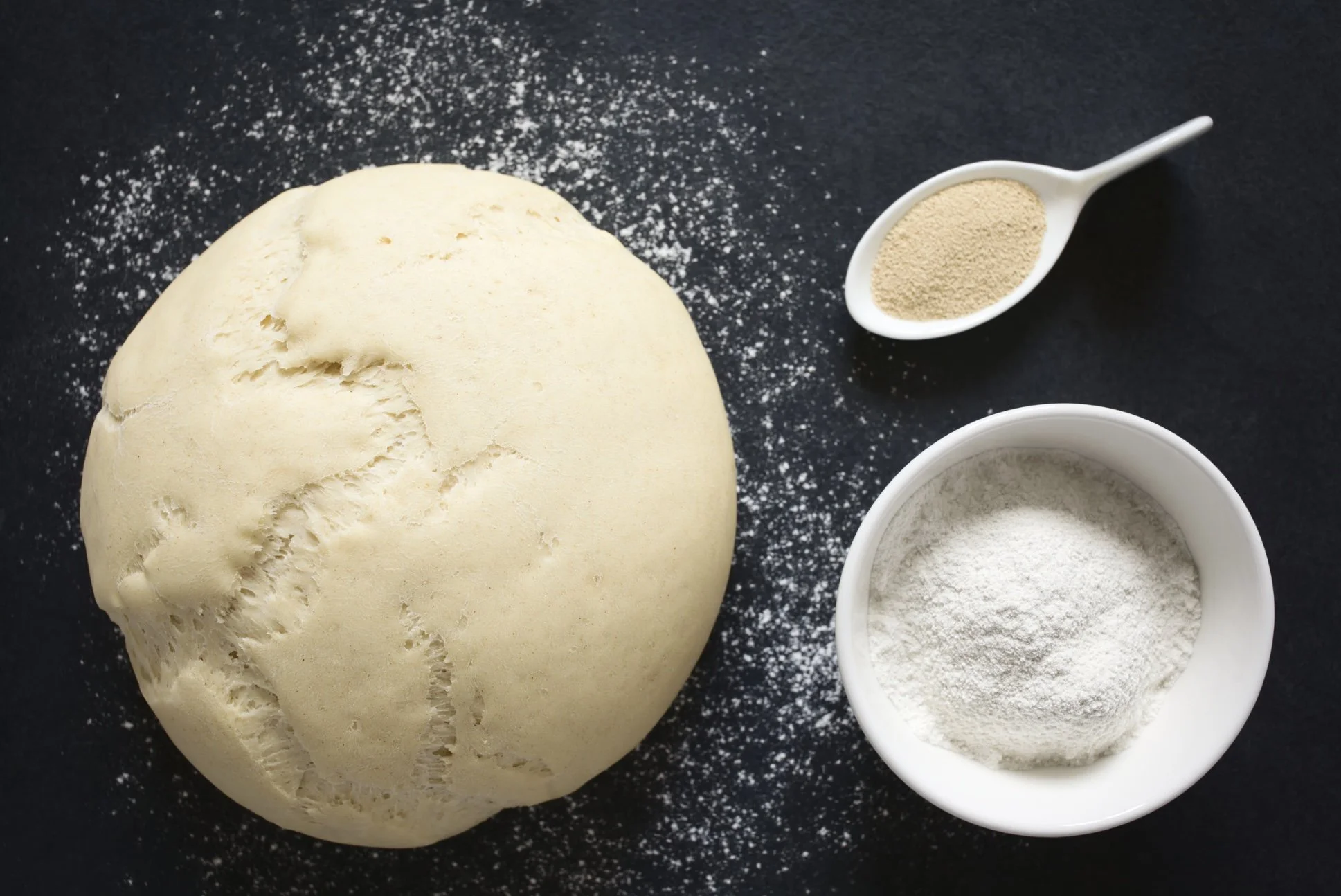For the past several years, the team at PrimaFoodie has been vetting clean sunscreens to deliver you the best options for optimal protection. By "clean," we mean the solution contains minerals to block UVA and UVB rays and includes zero artificial fragrance, parabens, emulsifiers, or additional ingredients linked to health concerns.
We vet these yearly for several reasons: solutions change, which means efficacy and purity may also change, and researchers consistently reveal new data on ingredient safety. This year proved to be a big one in terms of news. The Environmental Working Group showed that approximately 75 percent of the 1,700 sun protection products its team evaluated “did not provide adequate sun protection” and contained "ingredients that could pose health risks."
Sunscreen and 'sunblock, ' terms used interchangeably, generally work one of two ways: Blocking the sun's rays with minerals, such as zinc oxide, or filtering and absorbing the rays with chemicals. Research has linked some of the most common chemical sunscreen ingredients, including oxybenzone and octinoxate, to pose health risks to marine and surrounding environmental life, thus presenting the possibility that these chemicals could impact human health. What's alarming about these two ingredients, along with other common sunscreen ingredients, octocrylene, homosalate, and avobenzone, is that they are absorbed through human skin and, subsequently, other organs.
In a news alert about its findings, the EWG stated the need for consumers to consider their sun protection wisely. "And some ingredients commonly found in sunscreens have been linked to both human and environmental concerns. But they're still widely used in hundreds of products, even though they have not been tested adequately for safety," said Emily Spilman, an EWG program manager for Healthy Living Science, in the news release. "It's outrageous that shoppers may be slathering these potentially harmful chemicals on their skin every day without the reassurance of those safety tests,"
The EWG has warned the public about sunscreen ingredients since it launched its first Guide to Sunscreens in 2007 and has been urging the FDA to review chemical sunscreen ingredients ever since.
This year, we found that most of our favorites from our 2023 PrimaFoodie Sunscreen Guide still met our strict standards—and we added a few new ones to the mix. Here, you'll find mineral solutions that we believe to be clean and efficacious. But we urge you to always do your due diligence when choosing a sunscreen (or any personal care product): check your labels, know your ingredients, and listen to your gut.
PrimaFoodie-Approved Clean Sunscreens for 2024
ALL GOOD: SPF 50+ SUNSCREEN BUTTER
All Good is committed to creating products that are good for our skin and for the environment. This butter is thick, hydrating, fragrance-free, and excellent for the face and body. The compact tin makes it easy to toss into your backpack or purse. The company claims it is "very water resistant," but we still suggest ample applications if you're swimming.
KARI GRAN ESSENTIAL SPF 30
As equally hydrating and protective as it gets, this super hydrating oil serum-type sunscreen feels like a supple serum. A raspberry seed and plum oils base gives the skin a hydrating quench with zero residue.
SOLARA SUNSCARE GO! DAILY DEFENSE MINERAL FACE SUNSCREEN
This lightweight SPF 30 recently came onto our radars. EWG-certified, it is blendable and silky. Founded by a mother who started vetting her personal care products after battling Lyme Disease and also seeing her children react to various sunscreen, the company promotes clean, minimal-ingredients responsible skincare
BADGER ACTIVE MINERAL SUNSCREEN CREAM
A simple, clean, universal SPF 30 cream made by a small, family-run New England company. Containing only five ingredients, one of which being super nourishing sea buckthorn oil, this is a great option for long days outside. It's a bit sticky and needs extra elbow grease to rub in.
RAW ELEMENTS SUNSCREEN SPF 30+ FACE & BODY
This super thick mineral sunscreen paste goes a long way when you're outside for hours. Considering its thick consistency, it rubs in surprisingly well and leaves only a slight light white cast. This is a great pick for hiking and all-day summer outdoor exploring.
URSA MAJOR FORCE FIELD DAILY DEFENSE LOTION
Ursa Major continues to be a pioneer in clean, effective skincare. Their unscented, lightweight moisturizer is great for the face, neck, chest, and arms. It absorbs almost immediately without leaving any residue. The aloe vera, jojoba, and shea butter are super moisturizing.
VIVE SANA DAILY PROTEZIONE SPF 30
This is an easily spreadable, hydrating, tinted sunscreen for the face, neck, and décolletage we've loved for years. Vive Sana's products are mostly made of organic ingredients and are free of chemicals and artificial additives. The Daily Protezione SPF 30 offers the physical protection of zinc oxide with no stickiness or pastiness.
KINFIELD DAILY DEW SPF 35
We've long loved Kinfield's products, and this all-day SPF is a winner. It has a silkier texture, which results in a dewy, glowy finish. We love how the aloe and sea kelp add a dose of hydration and antioxidants.
KIDS
ALL GOOD: SPF 30 KIDS SUNSCREEN LOTION
This fragrance-free lotion is rather light, which makes applying it to little ones' skin quick and easy. We found that a little goes a long way, and it leaves minimal to no residue. It also claims to be water—and sweat-resistant for up to eighty minutes.
BABO: CLEAR ZINC SUNSCREEN SPF 30
Babo is a thick, mineral all-over sunscreen lotion for babies, children, and adults. It's EWG-certified, free of any concerning chemicals, fragrances, or nanoparticles, and deemed hypoallergenic. We especially like how it doesn't run in the eyes. It's supposed to be waterproof for up to eighty minutes, making it great for long days on the beach.
TINTED
IRIS & ROMEO BEST SKIN DAYS
This serum-moisturizer-SPF, which doubles as a light daily foundation with SPF 25 protection, is buttery, silky, and moisturizing. It goes on smoothly and quickly settles into the complexion. We love that it also protects from blue light and contains hydrating rose and moringa oils.
ILIA C Beyond Triple Serum SPF 40
Touted for its "encapsulation technology," this foundation-like sunscreen delivers phytonutrients and vitamin C. It's a clean, light, dewy face product that covers many skin tones daily.
SUNTEGRITY 5-IN-1 TINTED SUNSCREEN MOISTURIZER
This light, tinted SPF 30 comes in four shades. It's sheer, goes on smoothly, and blends in rather quickly, but it does require reapplications throughout the day. We wish the company offered a wider range of shades to include dark complexions.
SAINT JANE LUXURY SUN RITUAL PORE SMOOTHING SPF 30
This natural mineral sunscreen has been a PrimaFoodie favorite for the second year in a row. Rich in botanical antioxidants, including green tea, and hydrating ingredients, it doubles as a protective face moisturizer. We love how sheer it is, with the perfect amount of tint that results in no white cast from the zinc oxide, only a dewy finish. It is quite thin, so reapplication throughout the day is necessary.
SAIE SUNVISOR
We keep returning to Saie products, some of today's most hydrating and gorgeously textured clean makeup items. The 'Sunvisor' is super light and hydrating, with a tinted blend of aloe, hyaluronic acid, vitamin E, and zinc oxide, offering great light coverage all day. It sinks it and leaves no white cast.
TRUE BOTANICALS SKIN BARRIER SUN SHIELD SPF 30
Part sun filter, part tinted moisturizer, this mineral-based lightweight face lotion sinks in quickly. Given its thin texture, we find it best used as a daily moisturizer, but it doesn't fit the bill for a day at the beach.





































